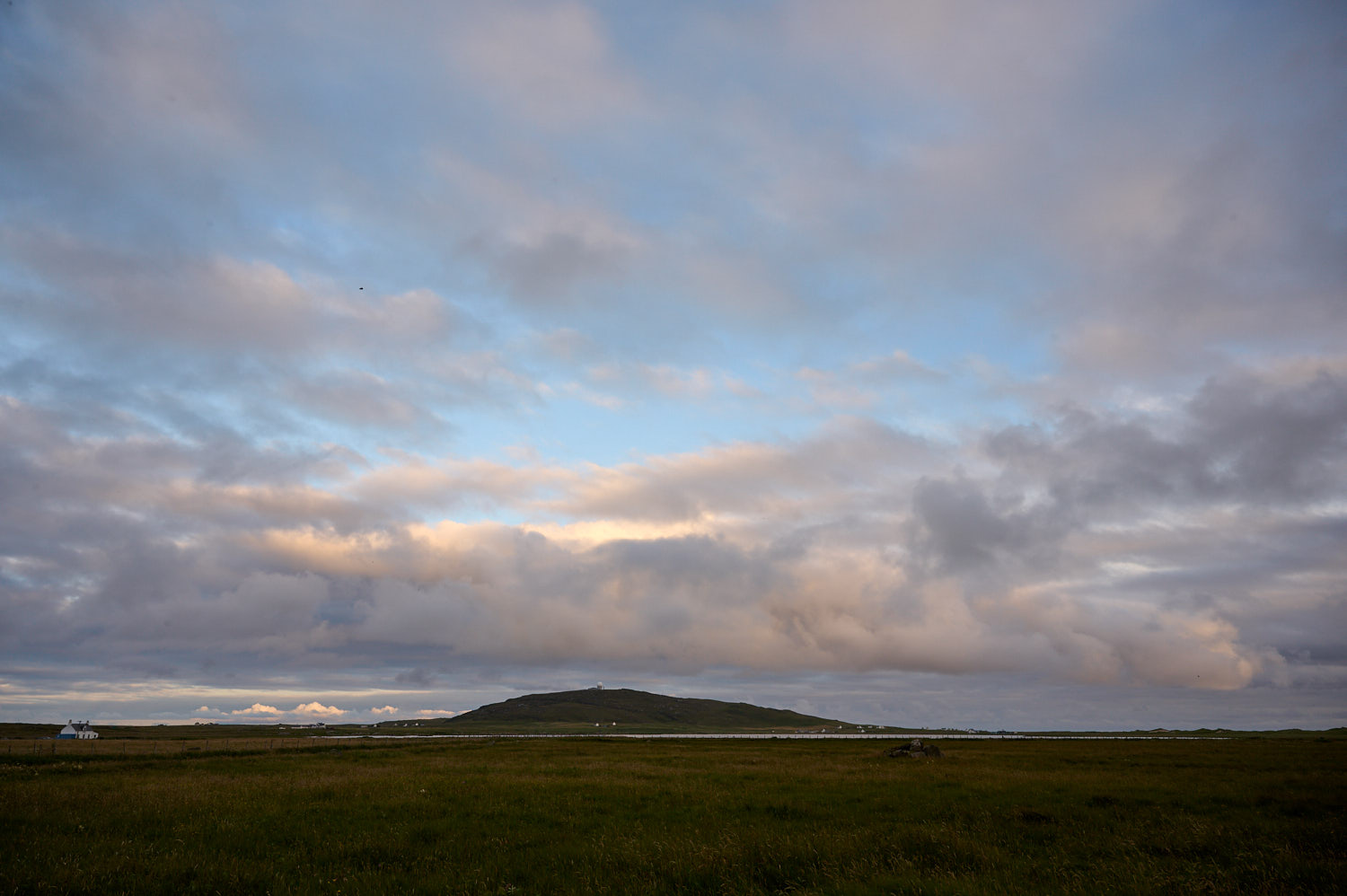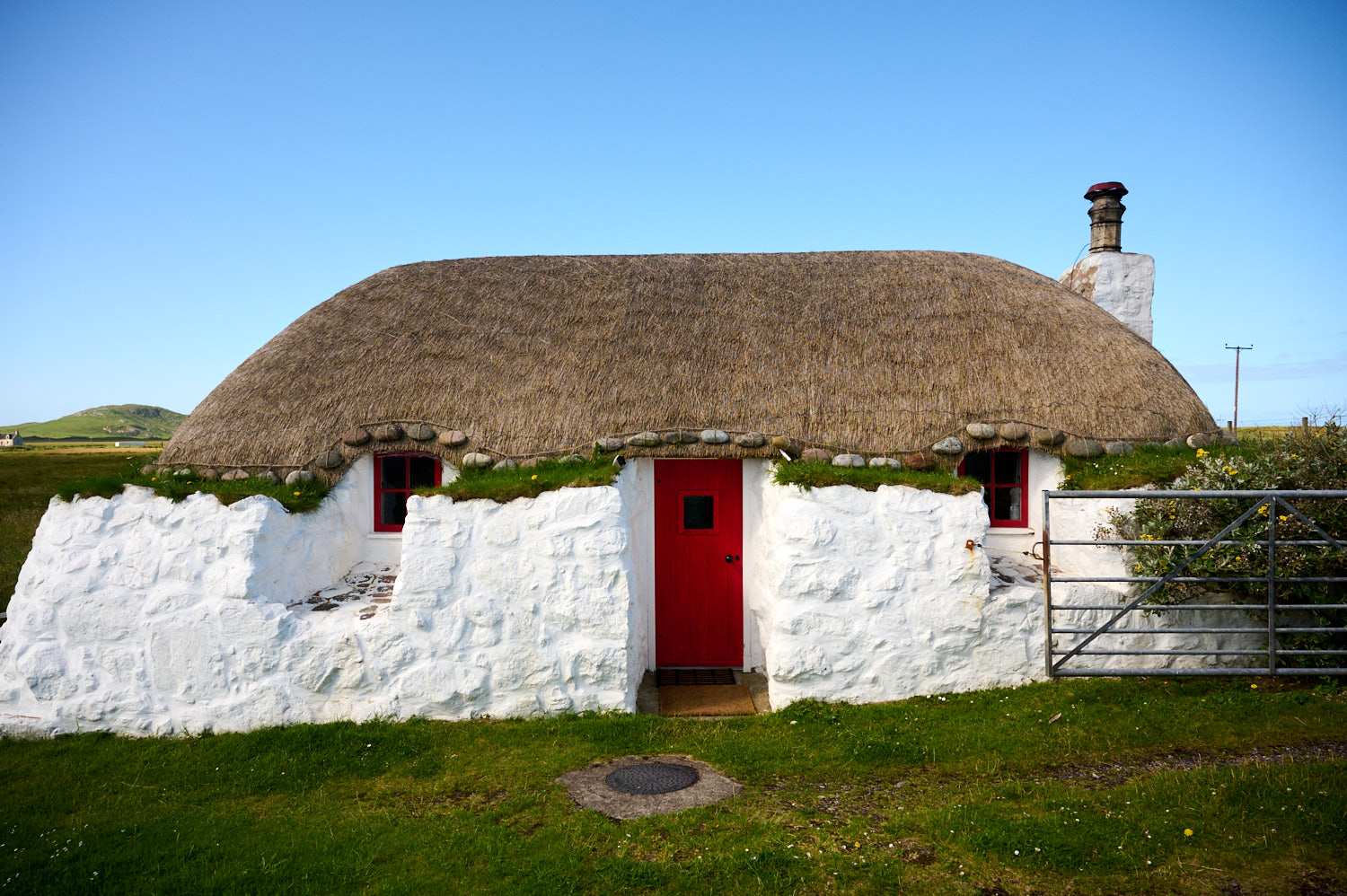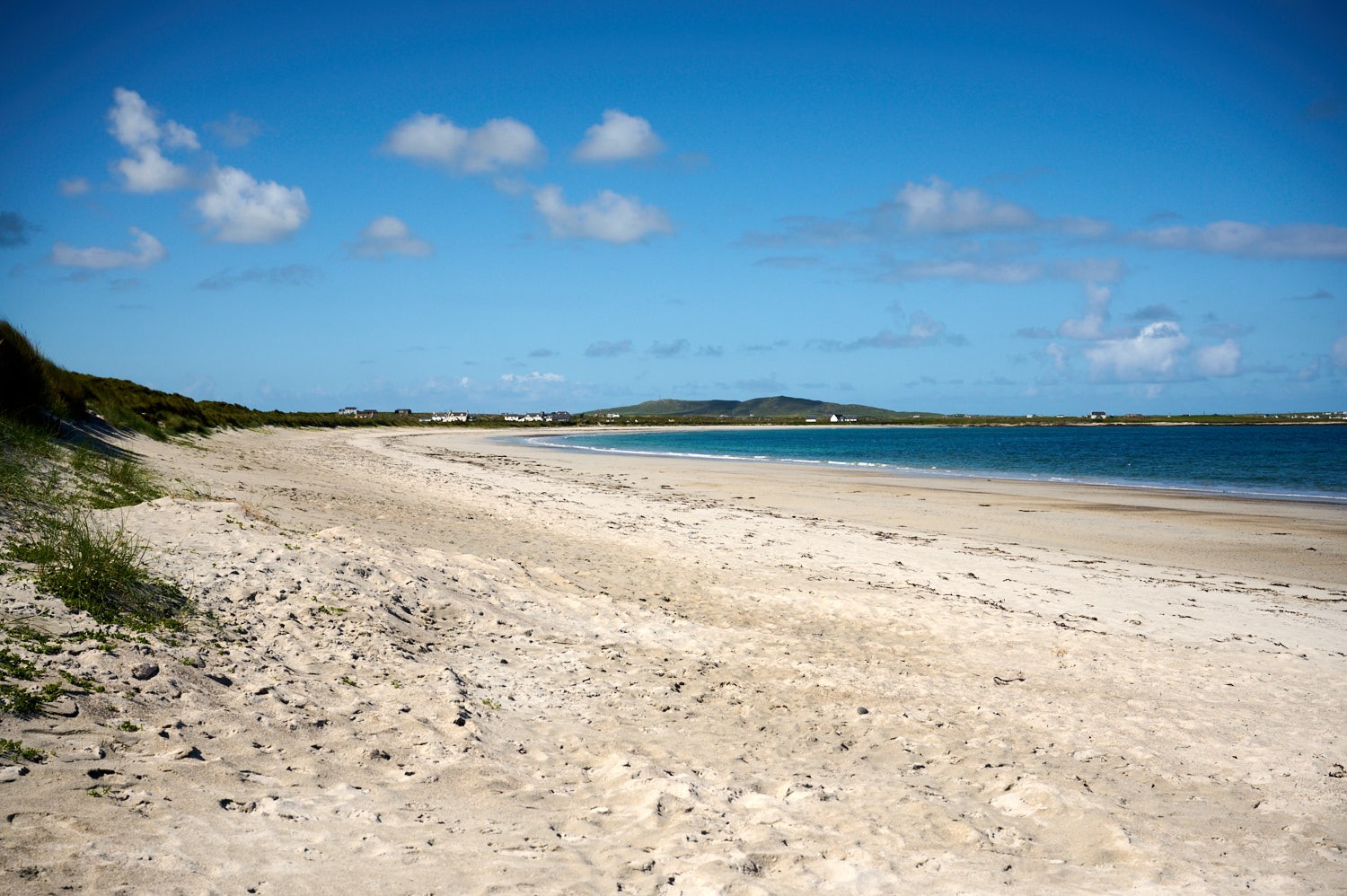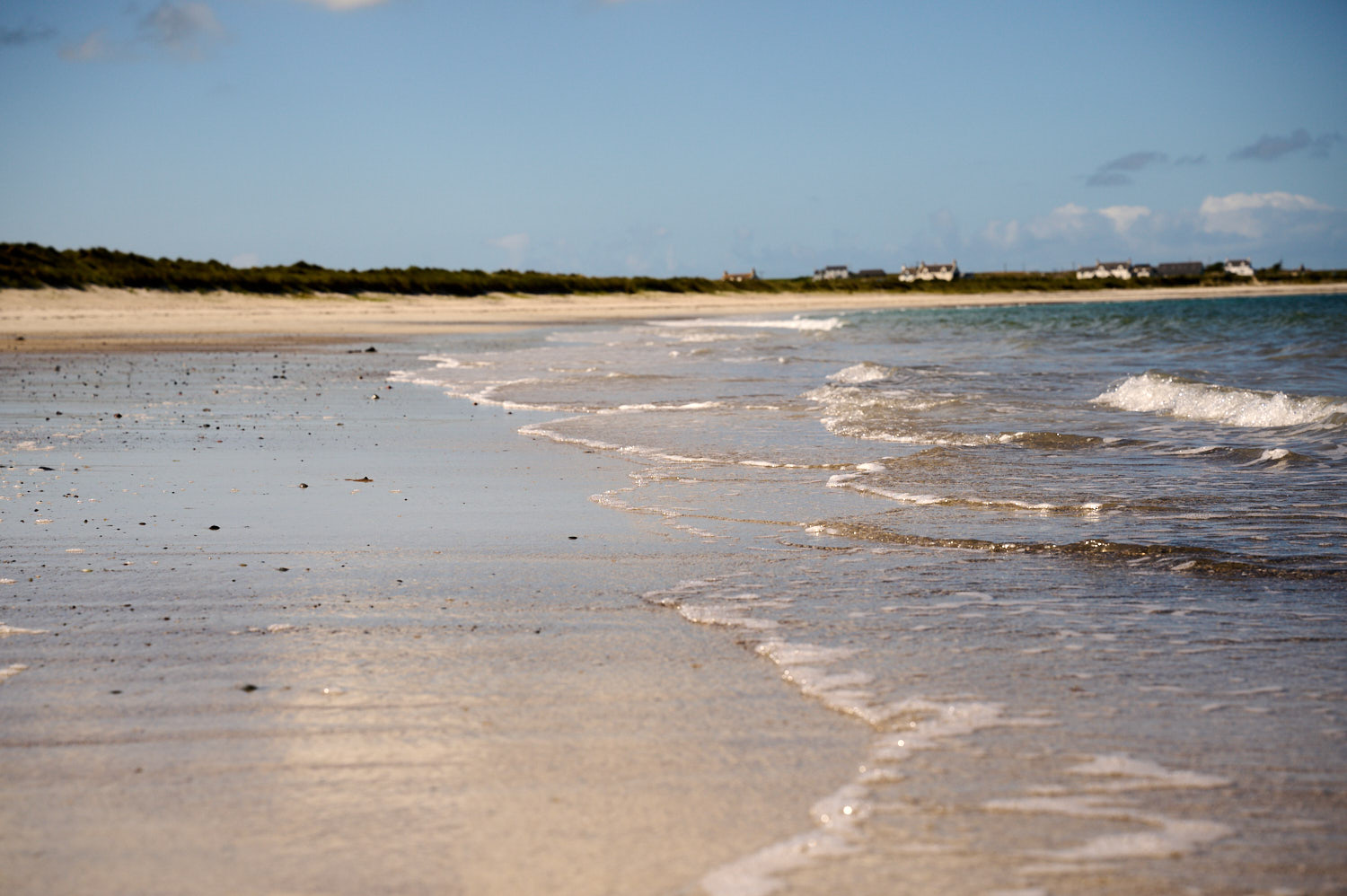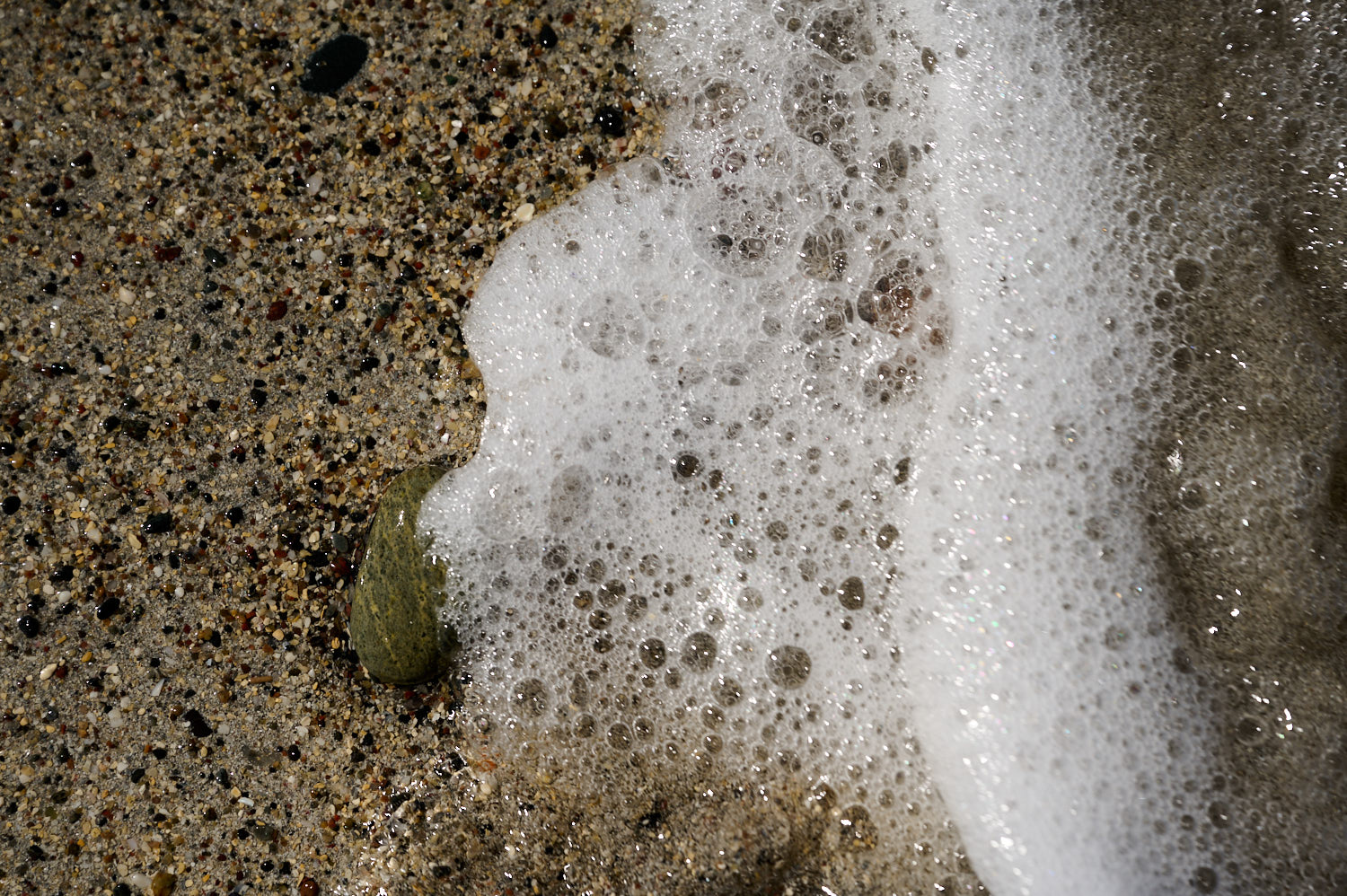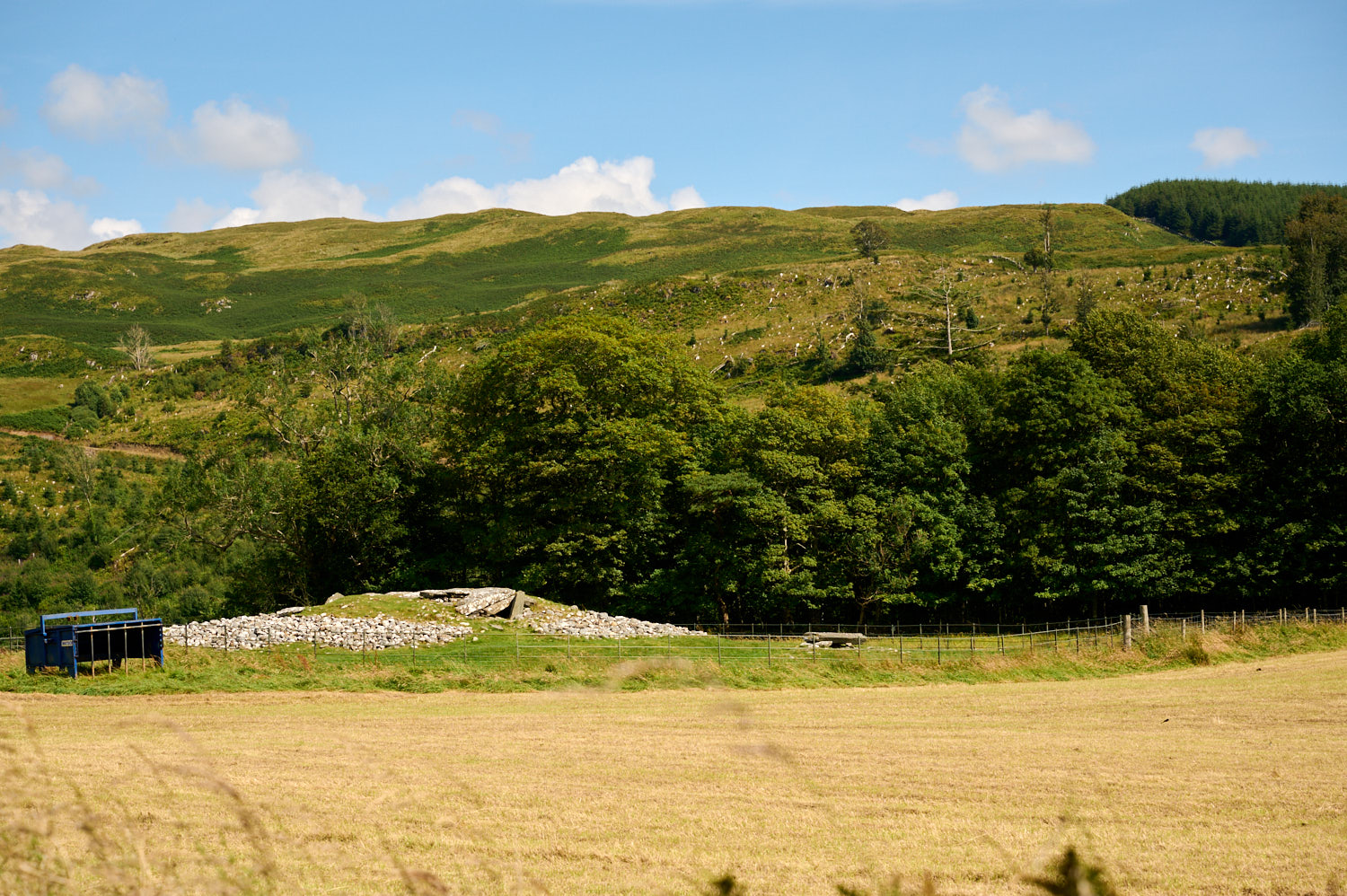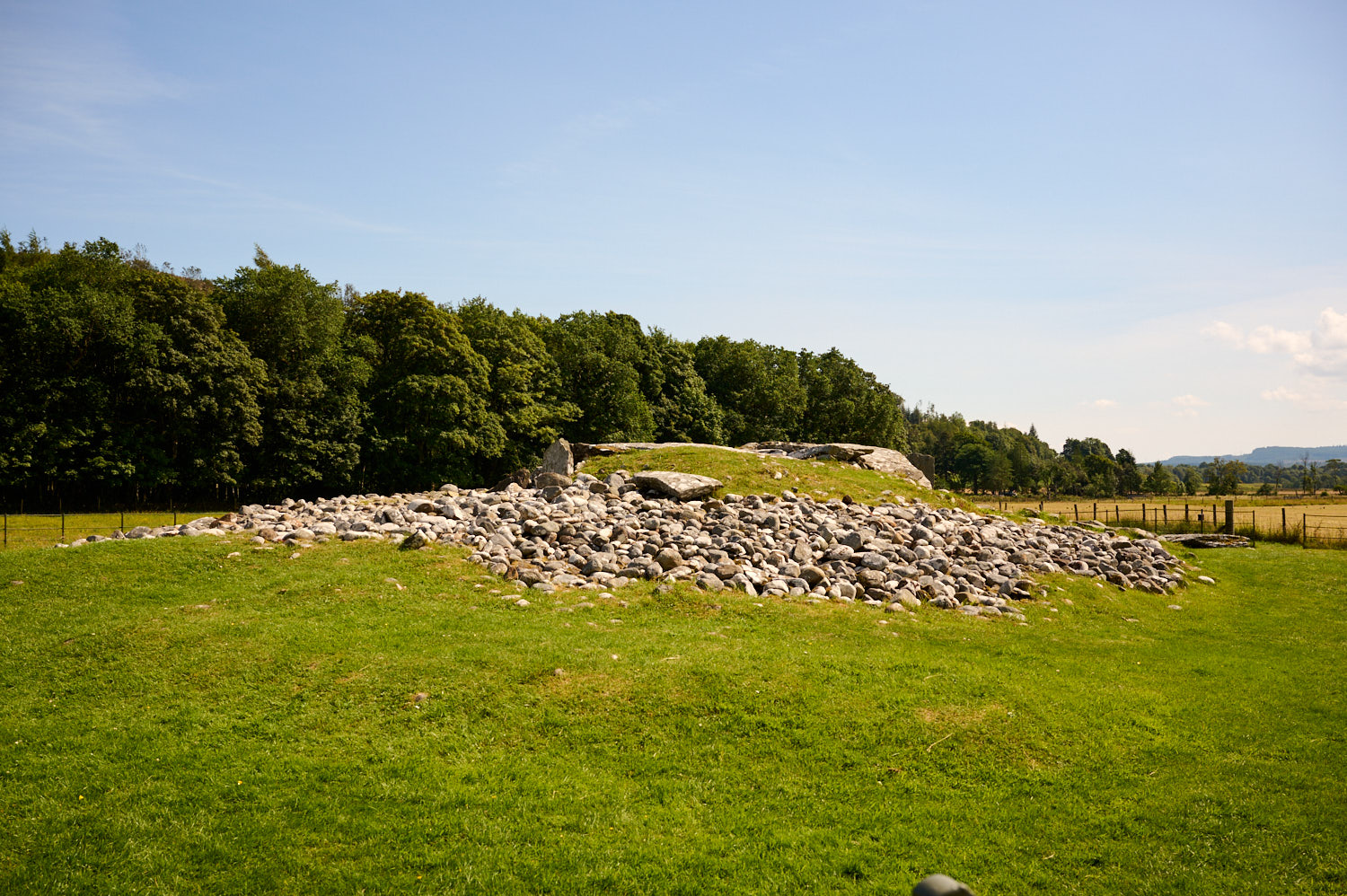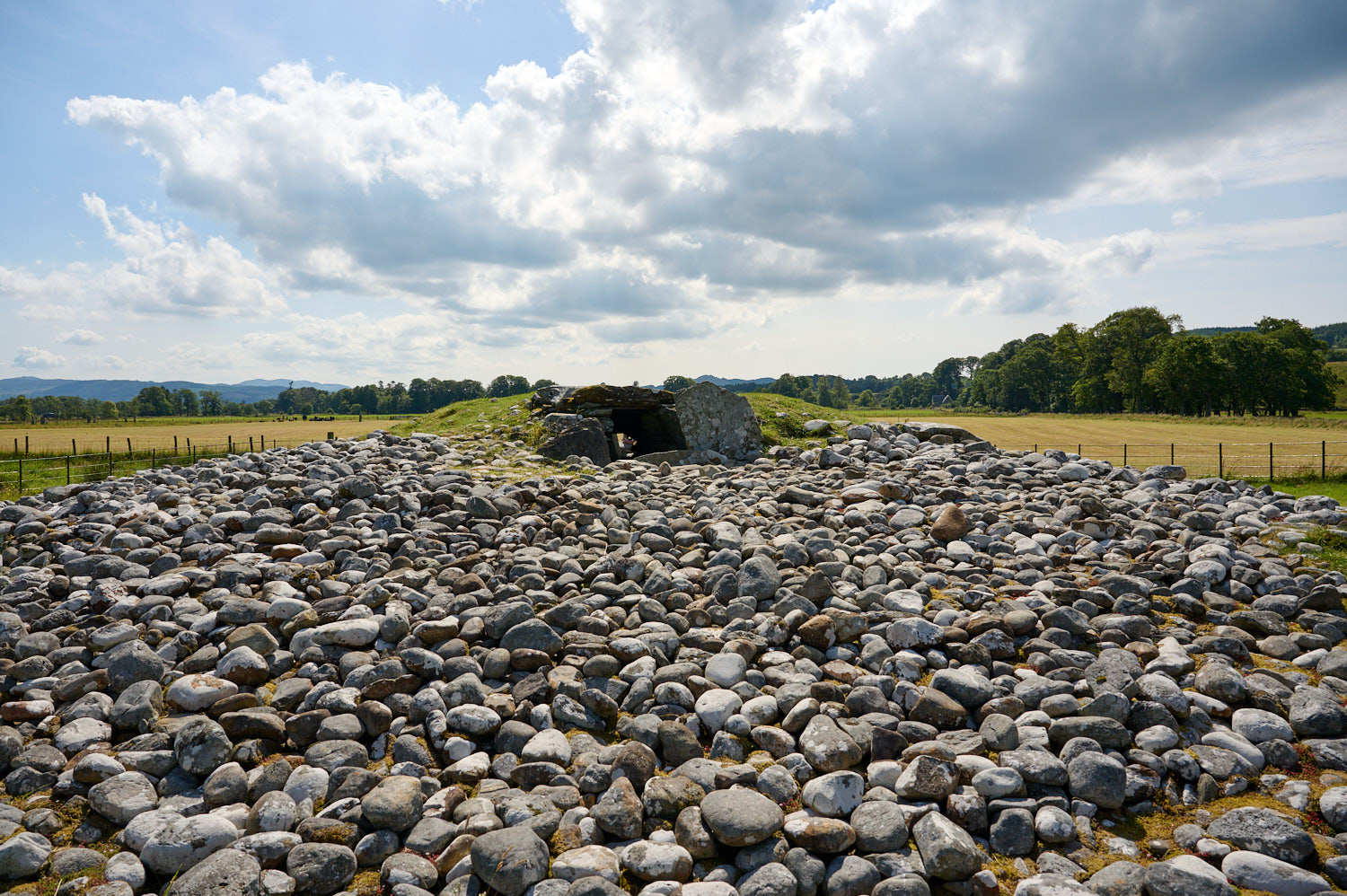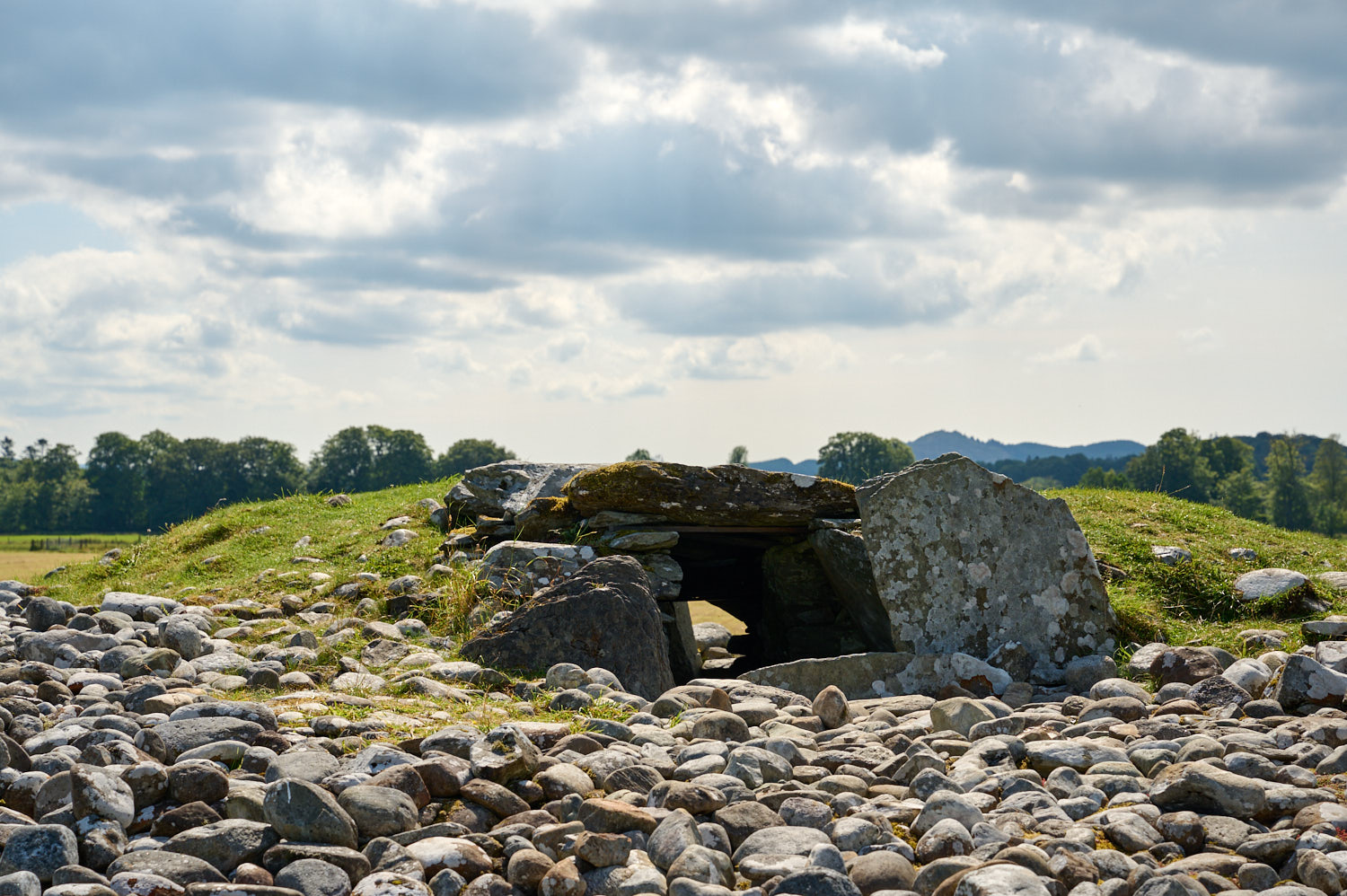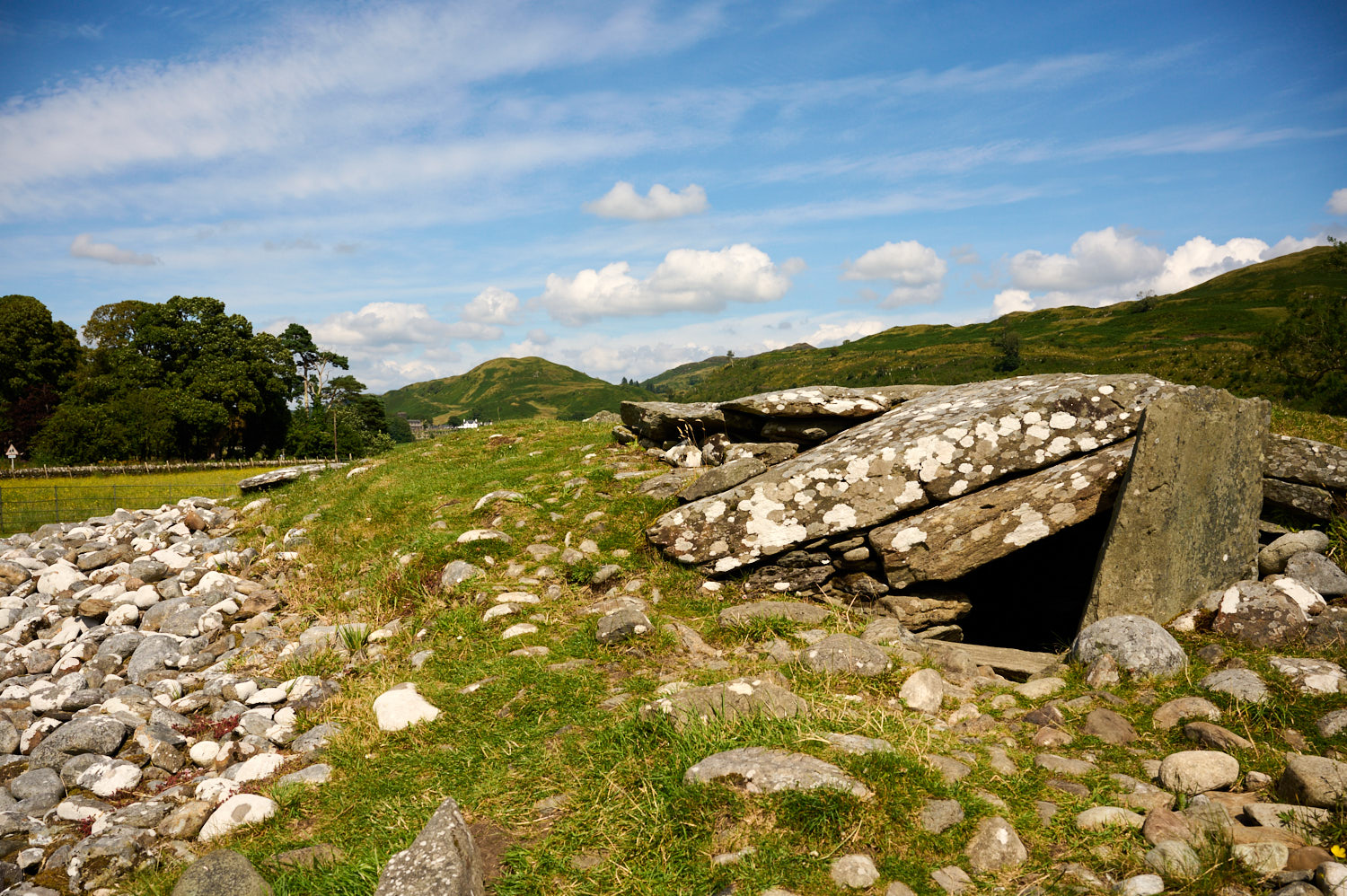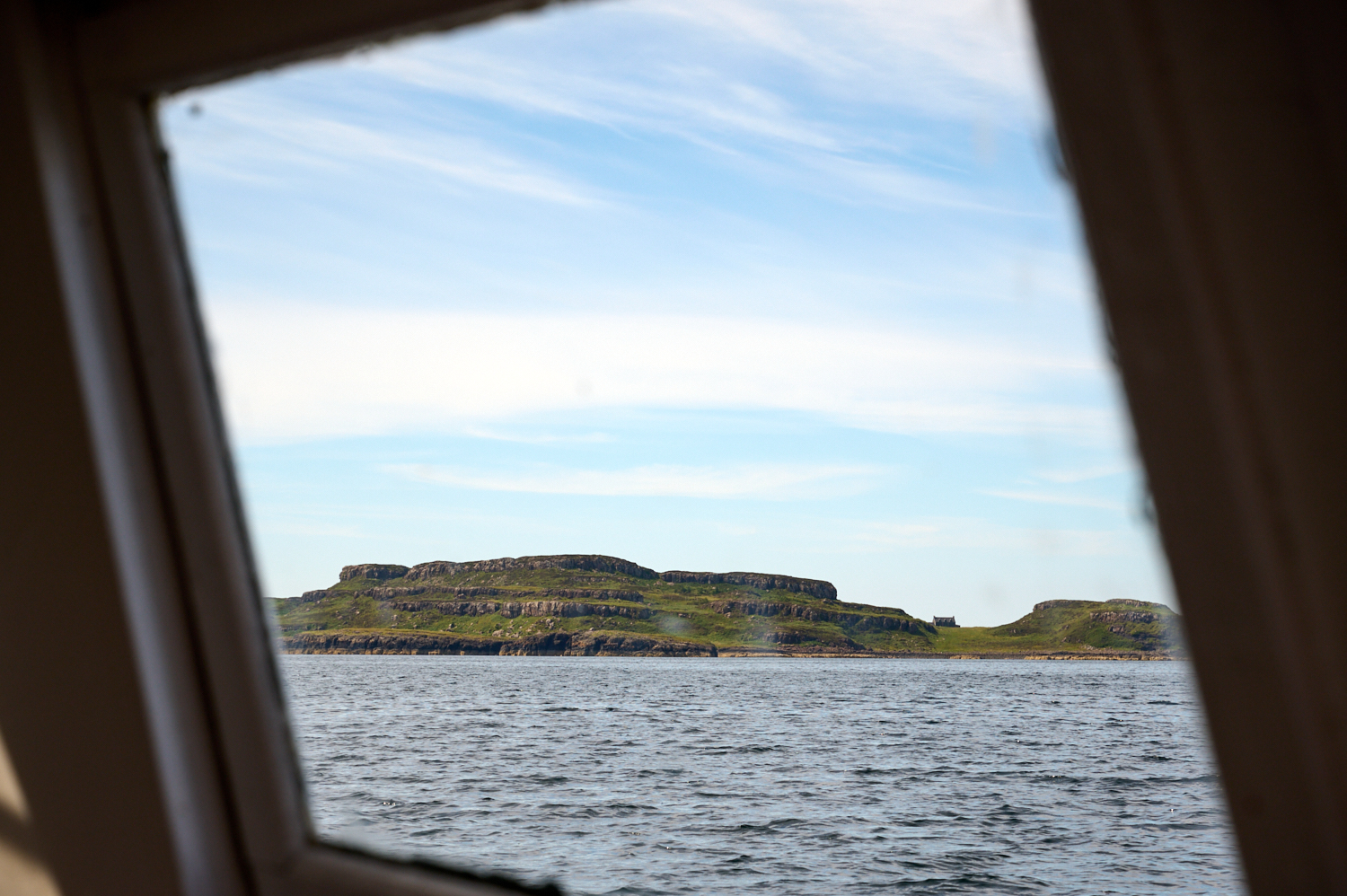
My boat trip to the Isle of Staffa was planned while still on Mull but had to be postponed due to weather. So a few days later I drove back to Oban, boarded the ferry to Mull, then got on a bus and 1h later was ready for my boat trip to the Isle of Staffa.

Besides being a bird paradise, the Isle of Staffa is known as Scotland’s Giant´s Causeway. Once upon a time, there might have been a “bridge” going from here to the north of Ireland.
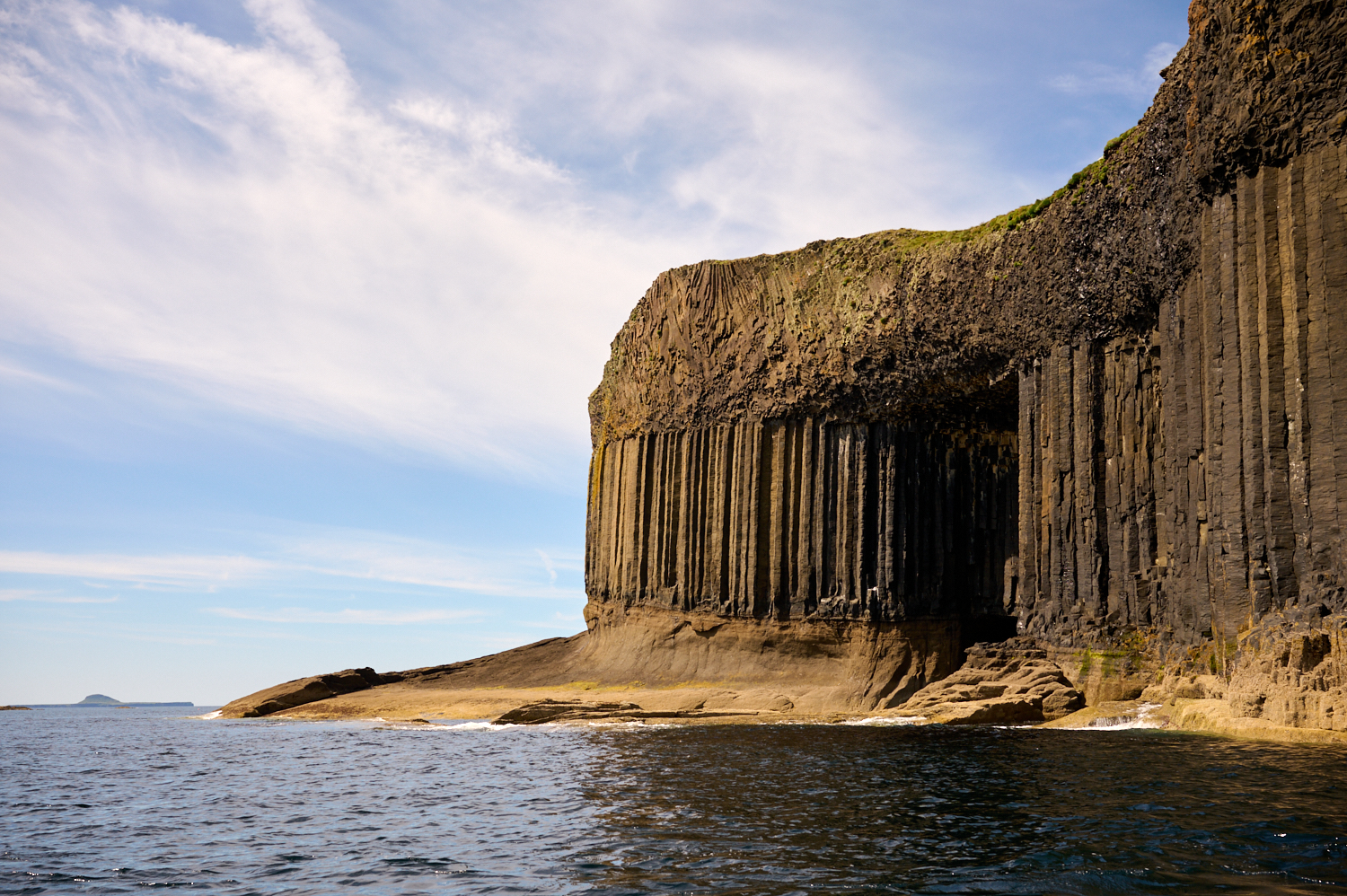
Fingal´s Cave
According to Irish legend, a giant who was known as Fionn mac Cumhail once used the bridge between the two basalt formations as a bridge to get from Ireland to Scotland. The reason being for a fight that was to take place against Benandonner, who was the known rival of Fionn mac Cumhail. So, while the theory that the two formations were once connected to bridge the gap between Scotland and Ireland was actually correct, the legend’s authenticity has yet to be confirmed. (The Travel)
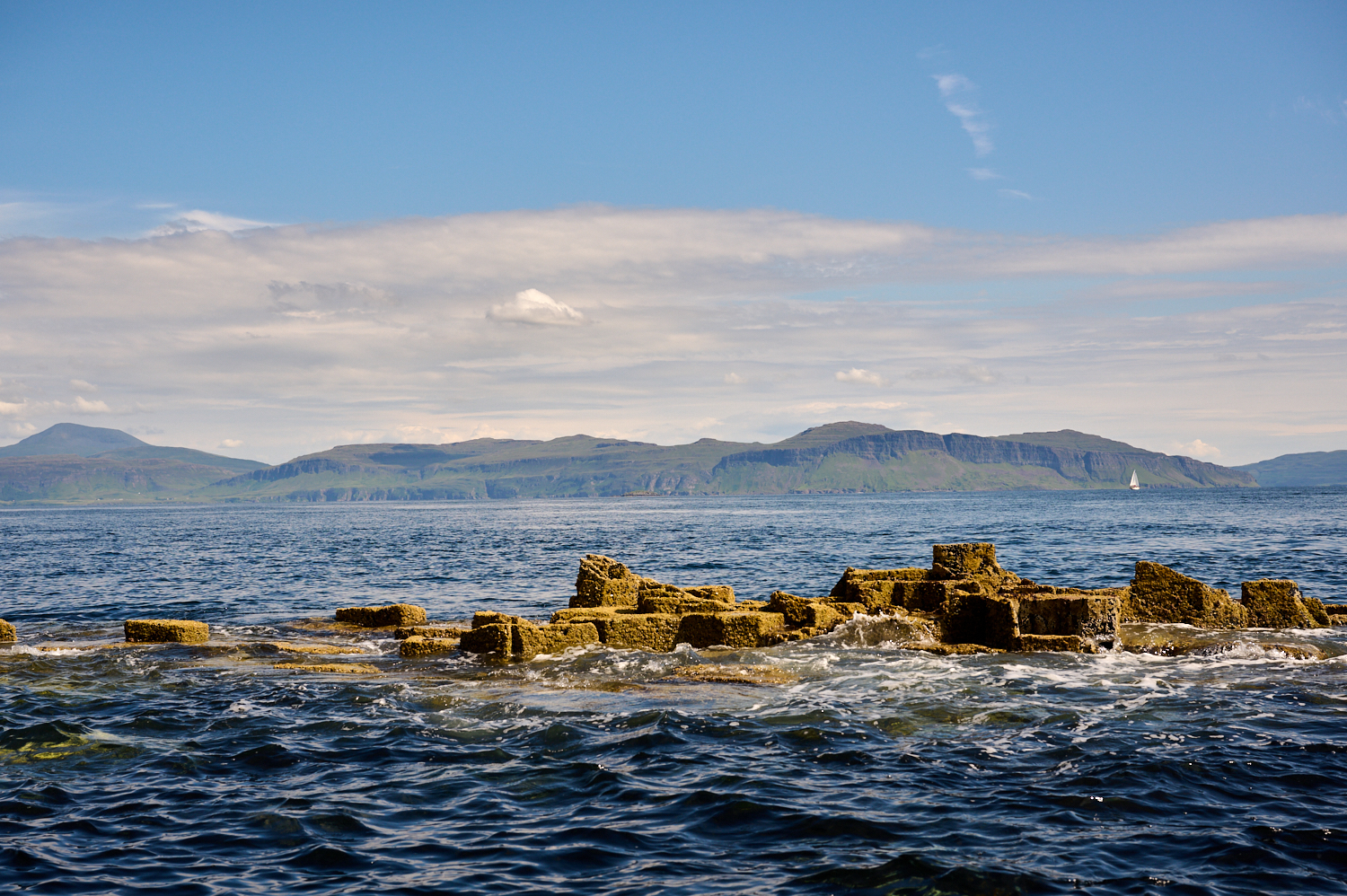
The legend, which connects the two structures, is in effect geologically correct. Both the Giant’s Causeway and Fingal’s Cave were indeed created by the same ancient lava flow, which may have at one time formed a “bridge” between the two sites. Of course, this happened some 60 million years ago, long before people would have been around to see it. (Atlas Obscura)
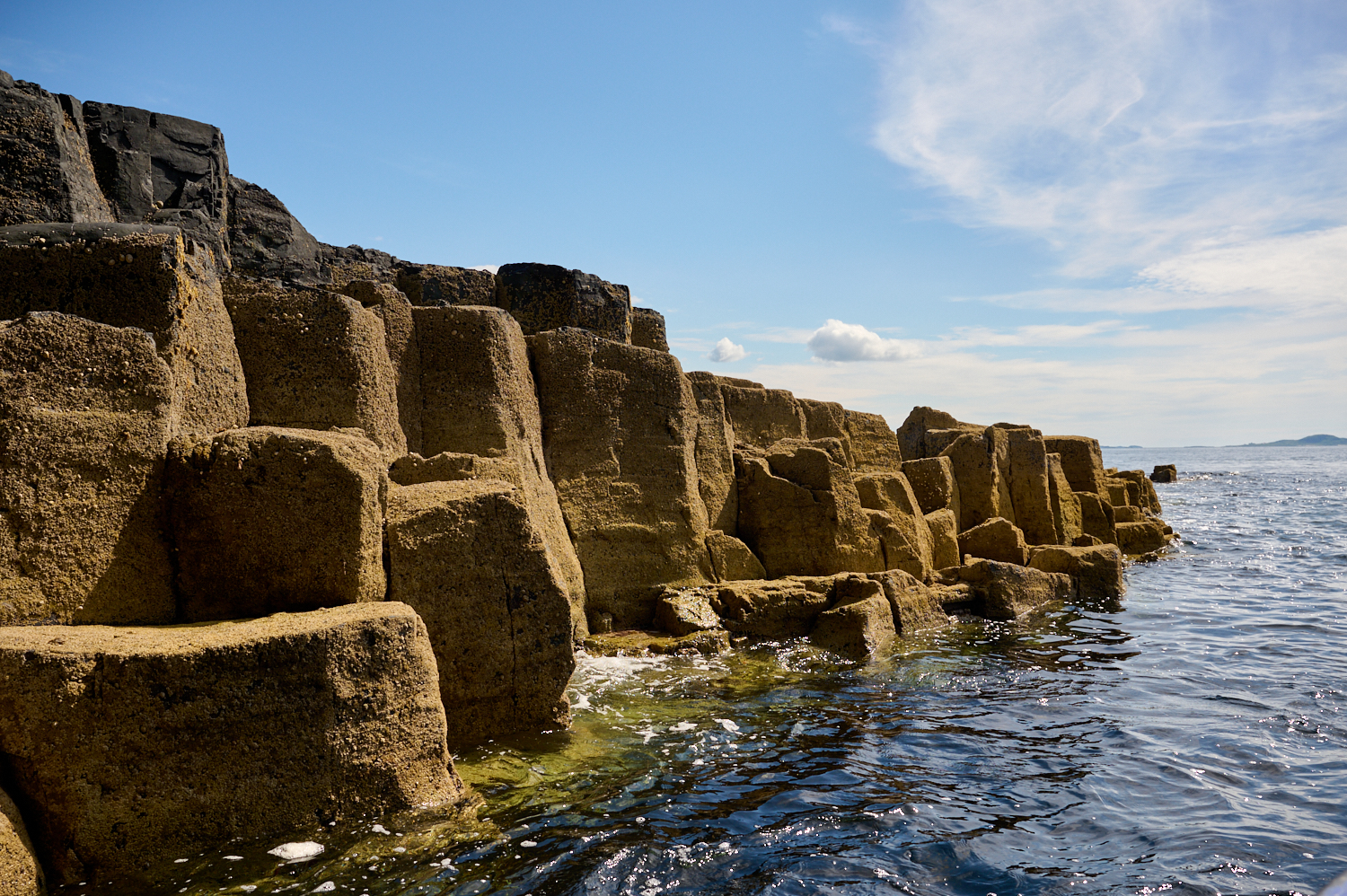
This little island is one kilometre long and about 1/2 kilometre wide, and in the summertime, it is home to lots of puffins.
Staffa was hardly known until 1772, when the botanist Joseph Banks highlighted the wild, natural beauty of the island. It soon became a must-see location. Famous visitors have included Queen Victoria, Lord Tennyson, Jules Verne, Robert Louis Stevenson and John Keats; all fell under the island’s spell.
Staffa came into the care of the National Trust for Scotland in 1986, a gift from John Elliott, Jr, of New York in honour of his wife Elly’s birthday. (National Trust Scotland)
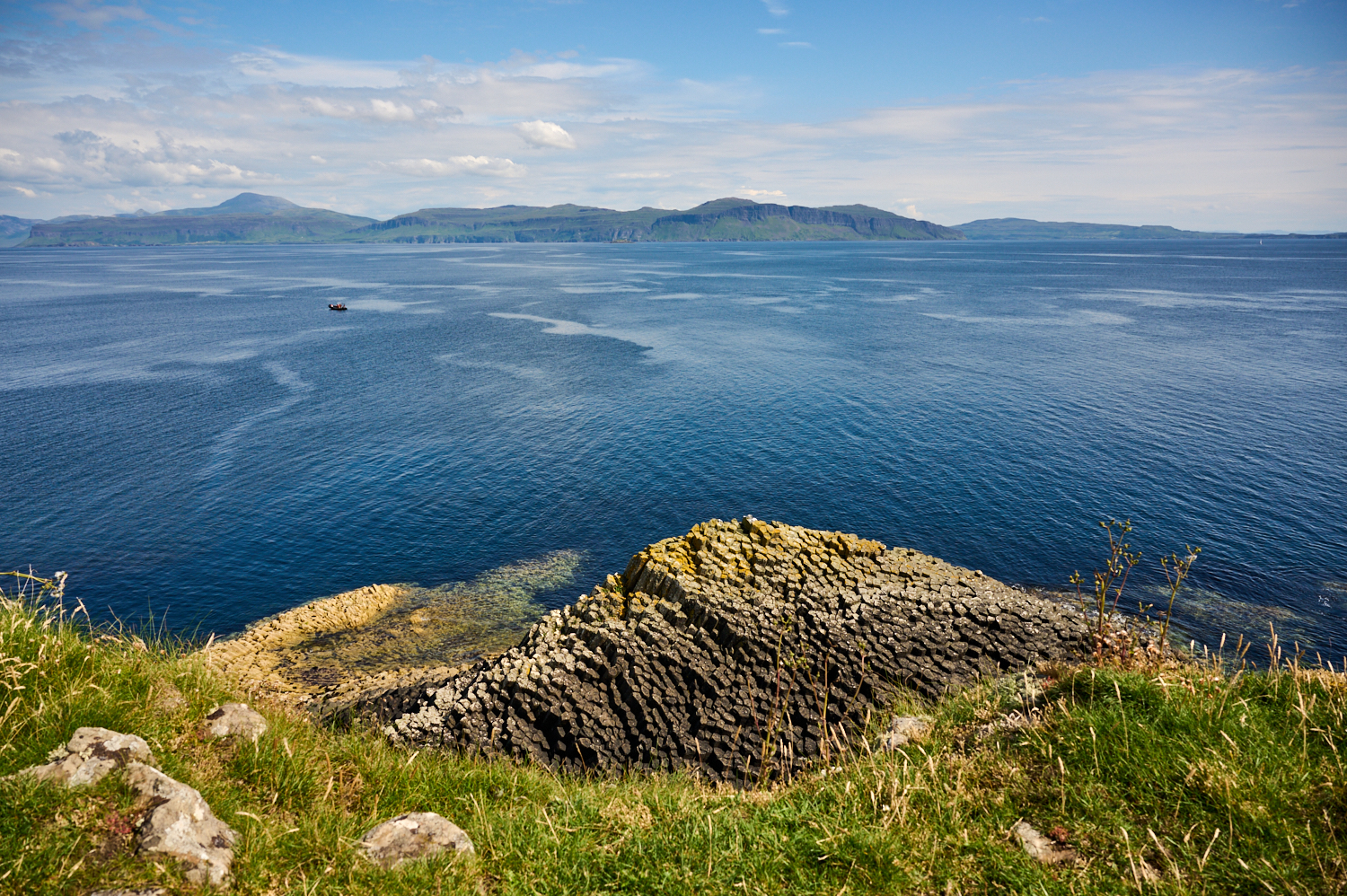
I think we had a couple of hours to explore the island, and I did a bit of a circular walk, but I spent too much time watching the puffins and didn´t make it into the cave. Due to the avian flu, the cliffs were blocked a bit but still close enough to see all the birds.
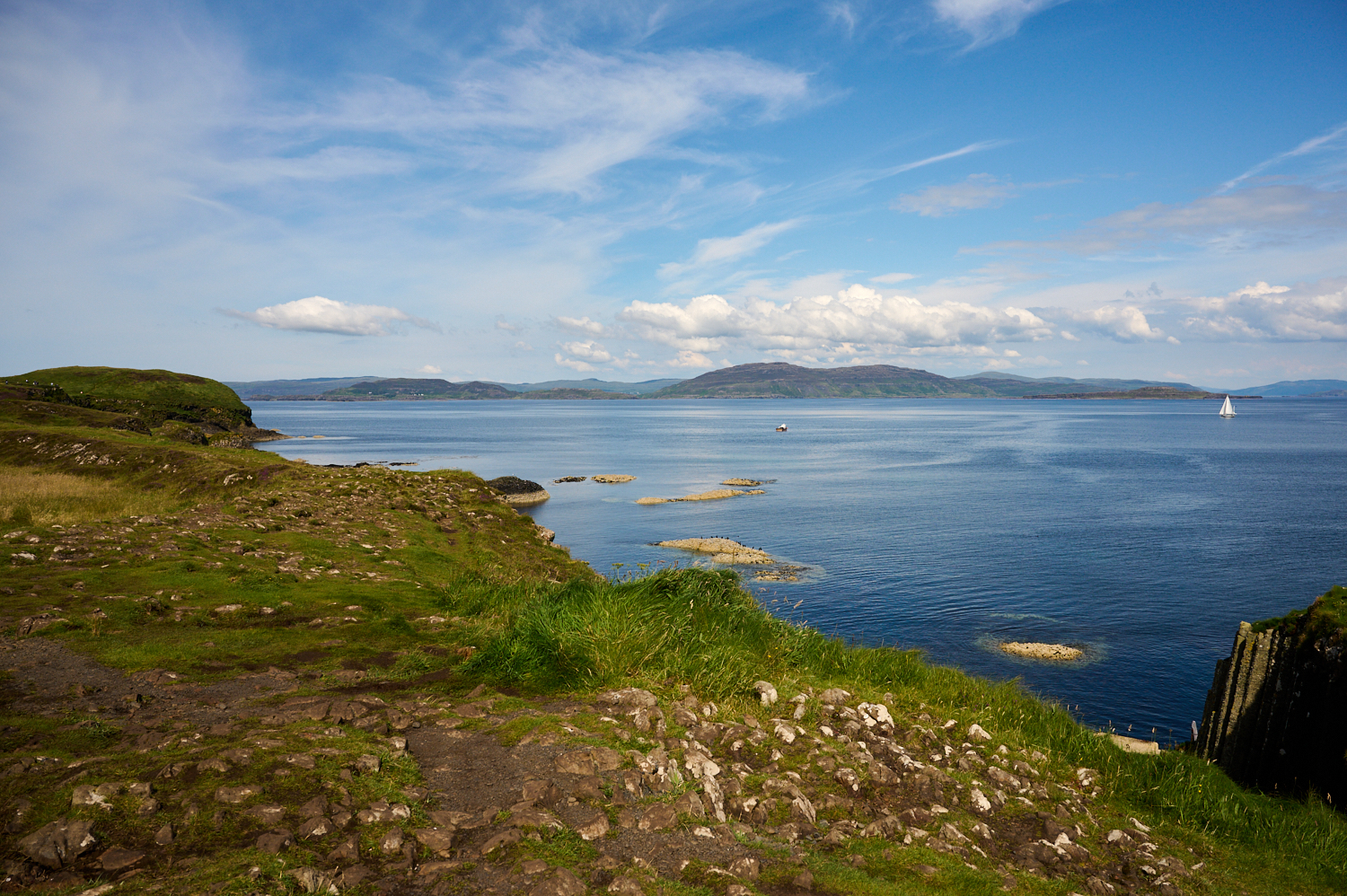


Flying puffins
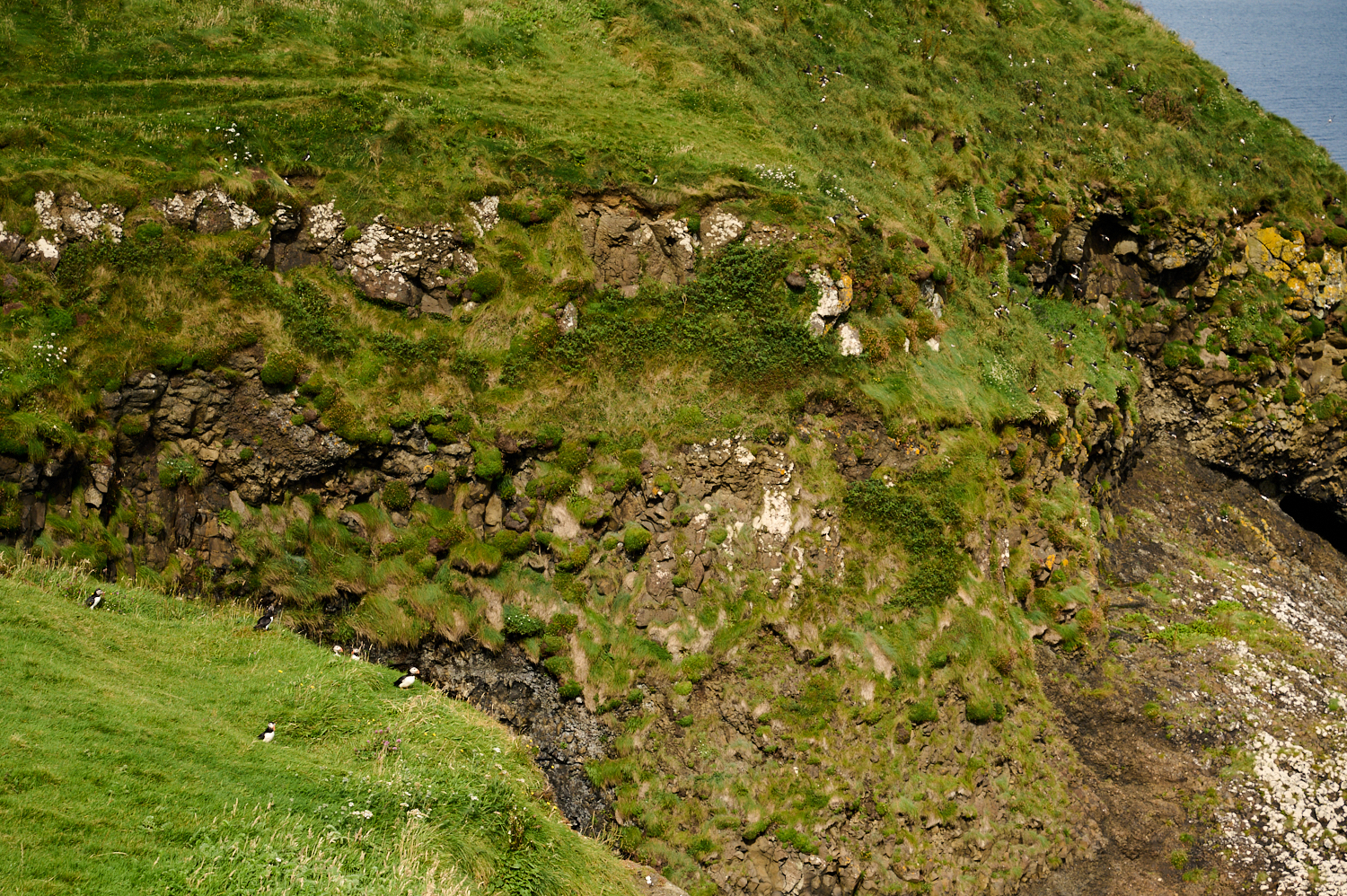
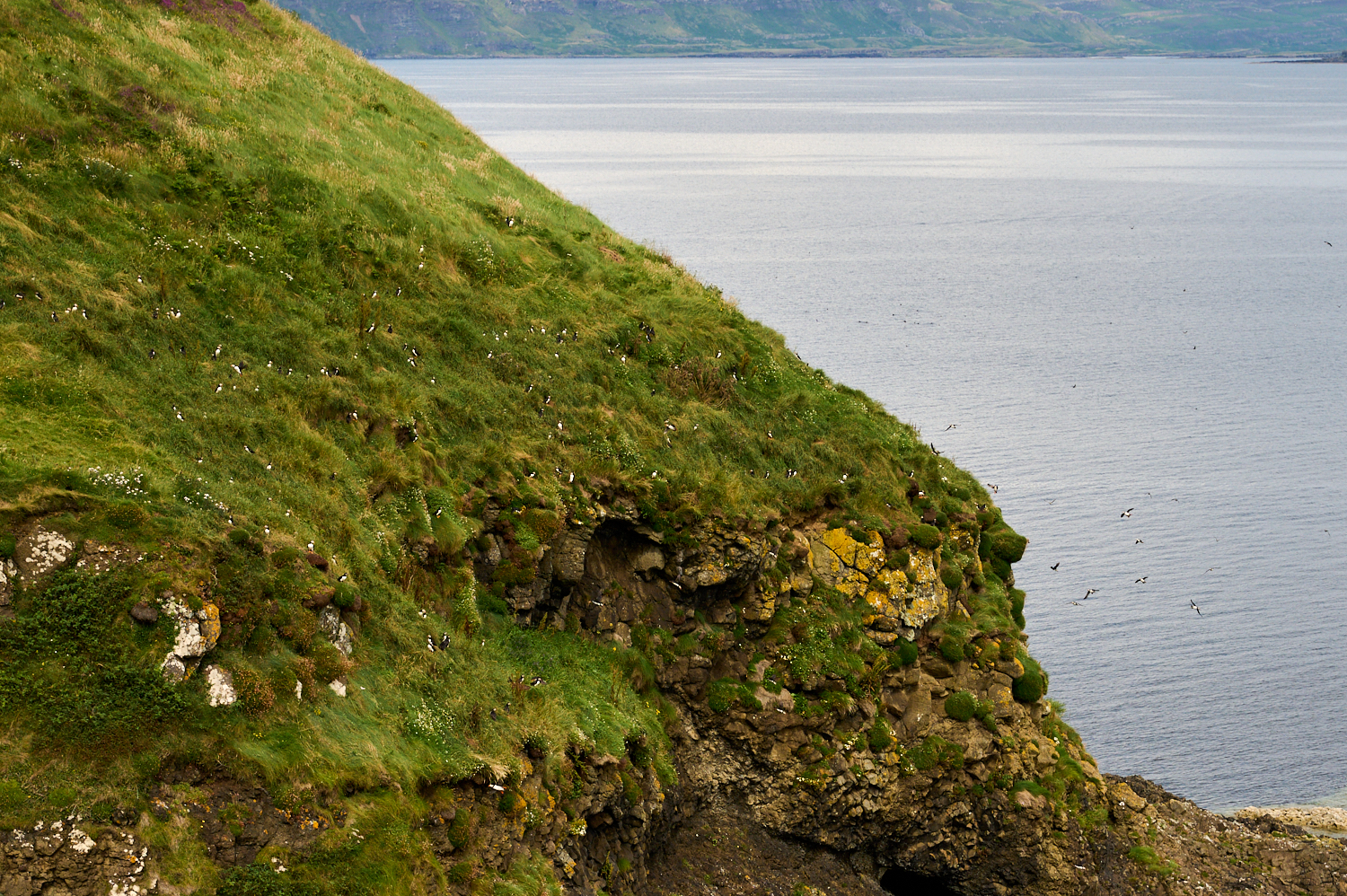

It was time to return to the boat.
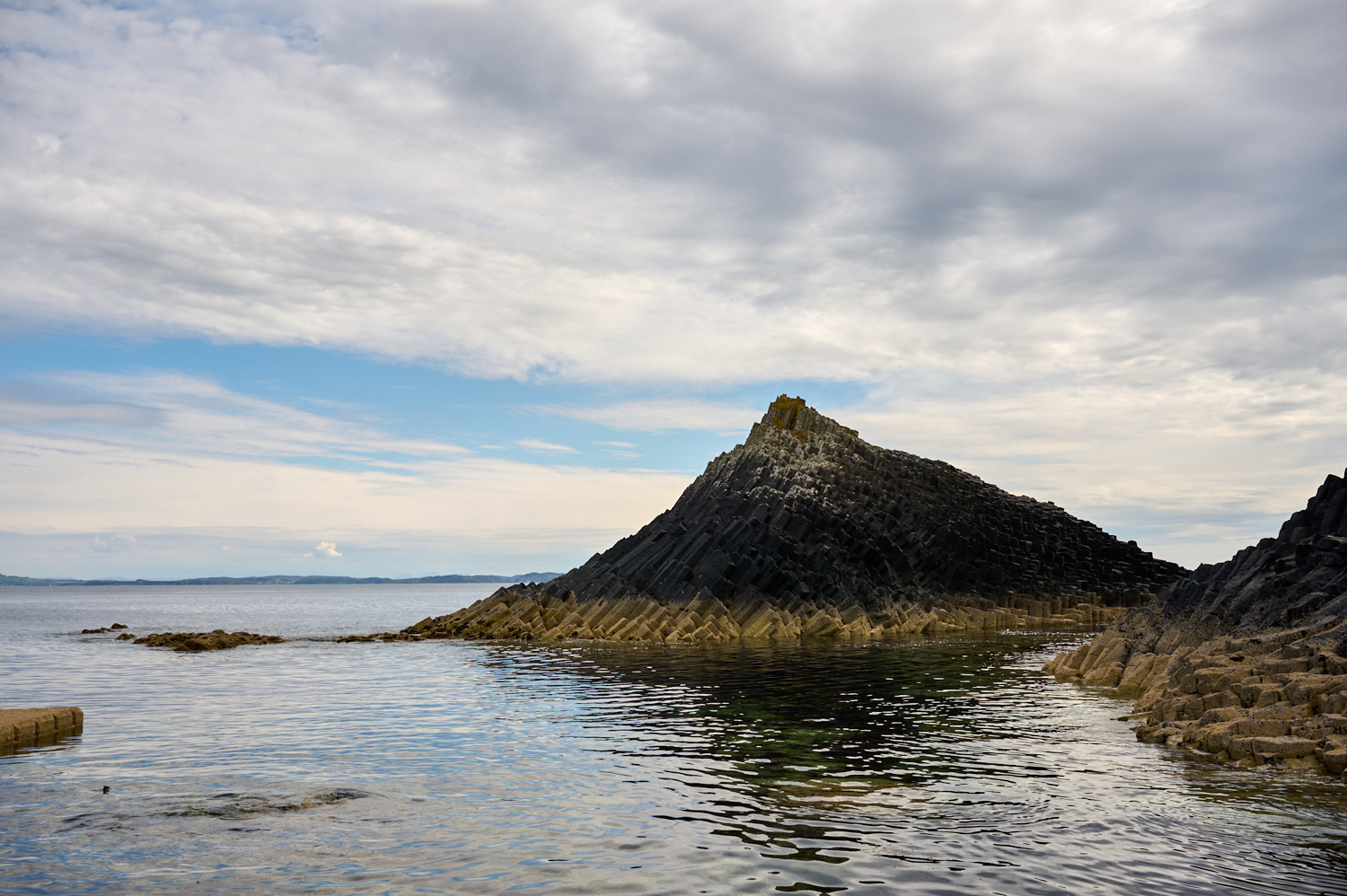
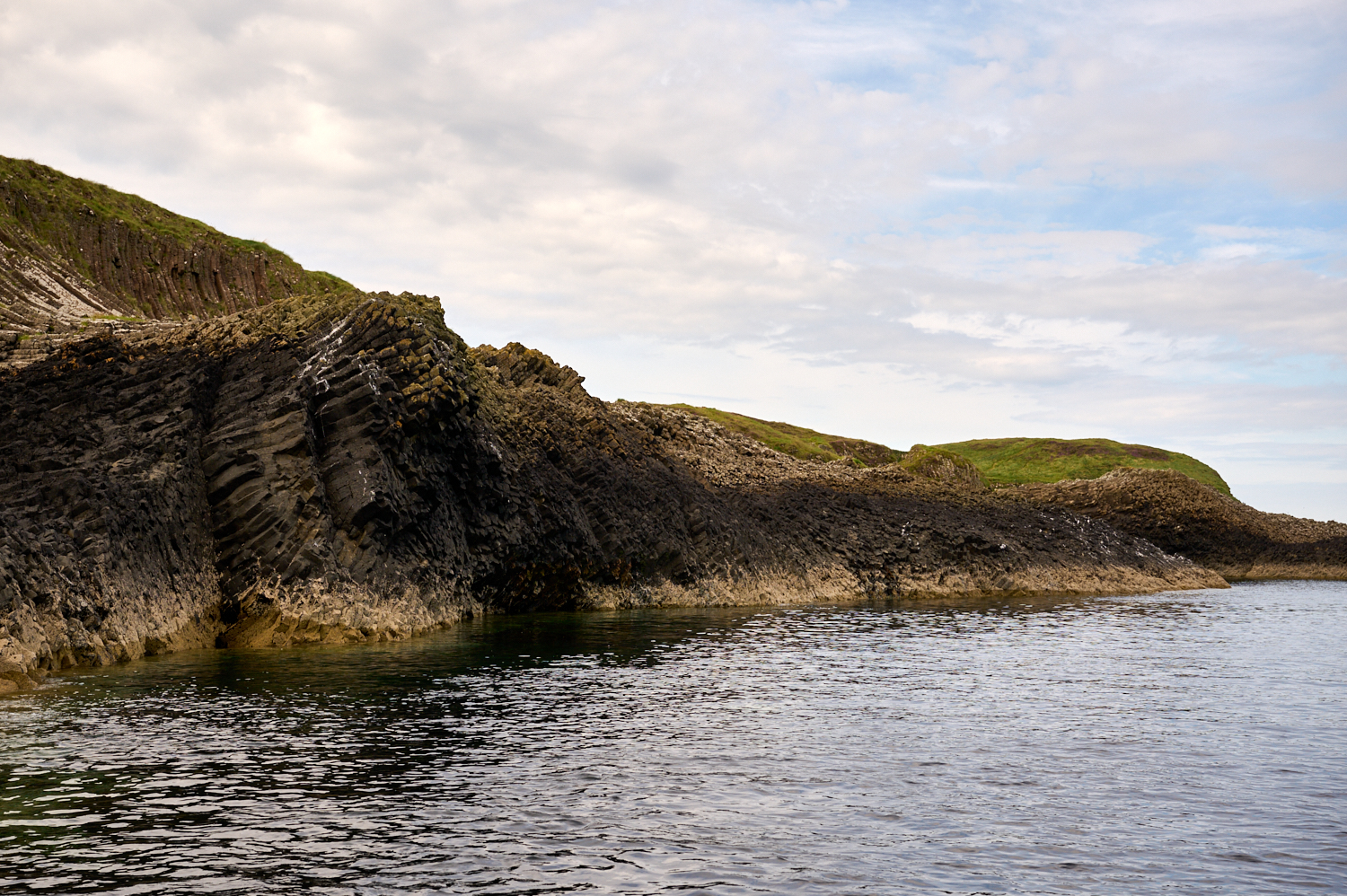
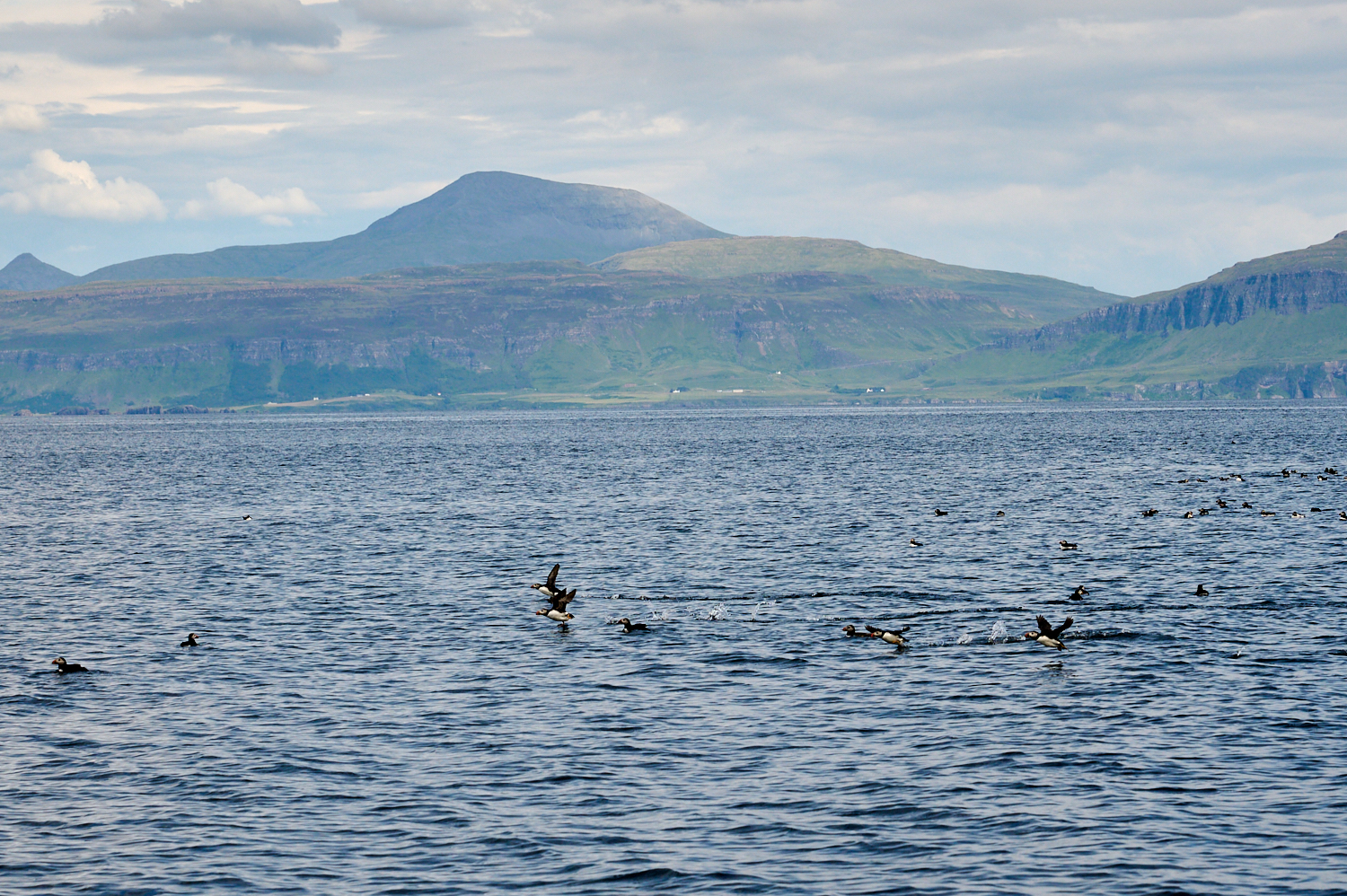
Puffins seen from the boat.
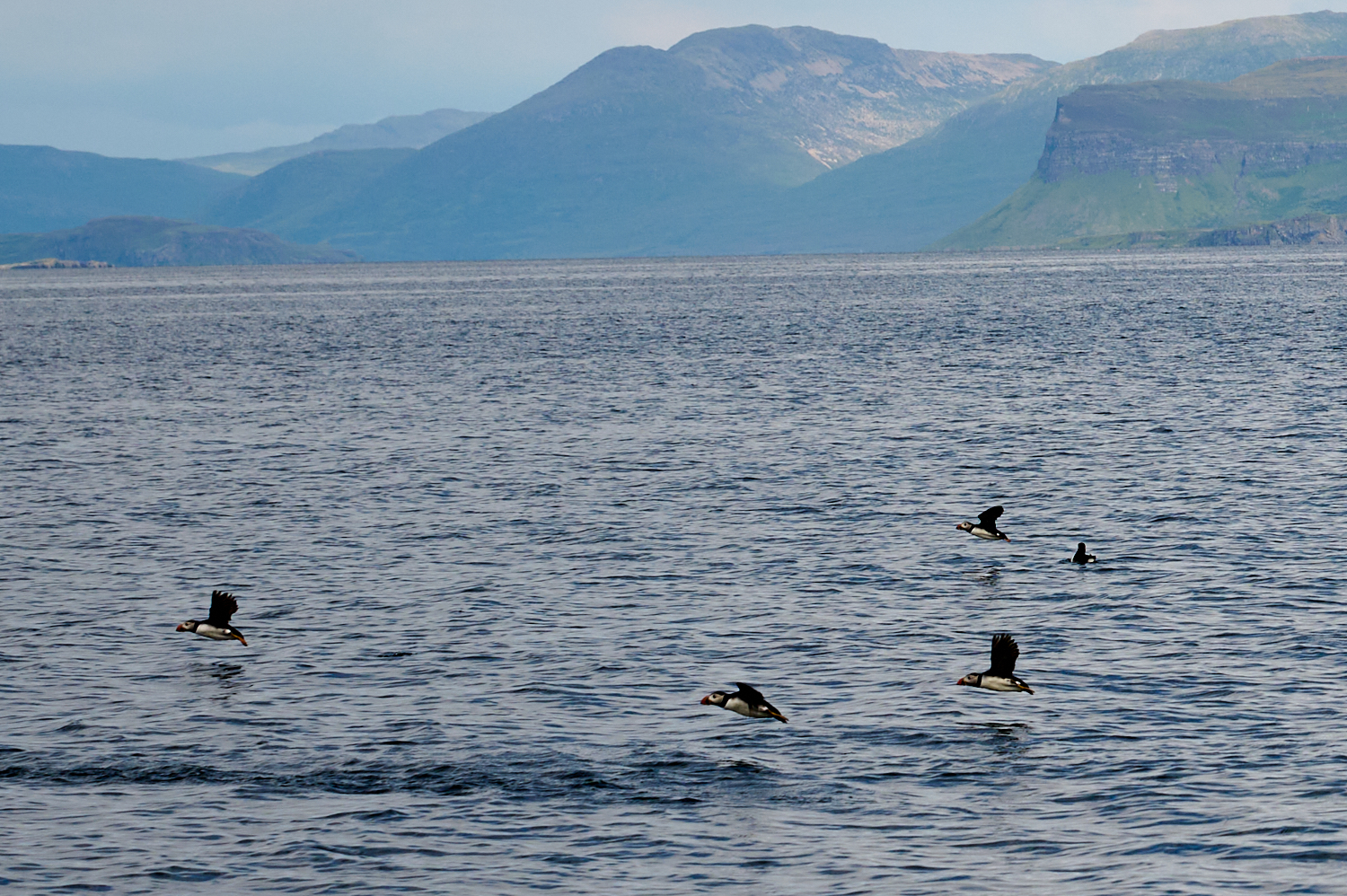
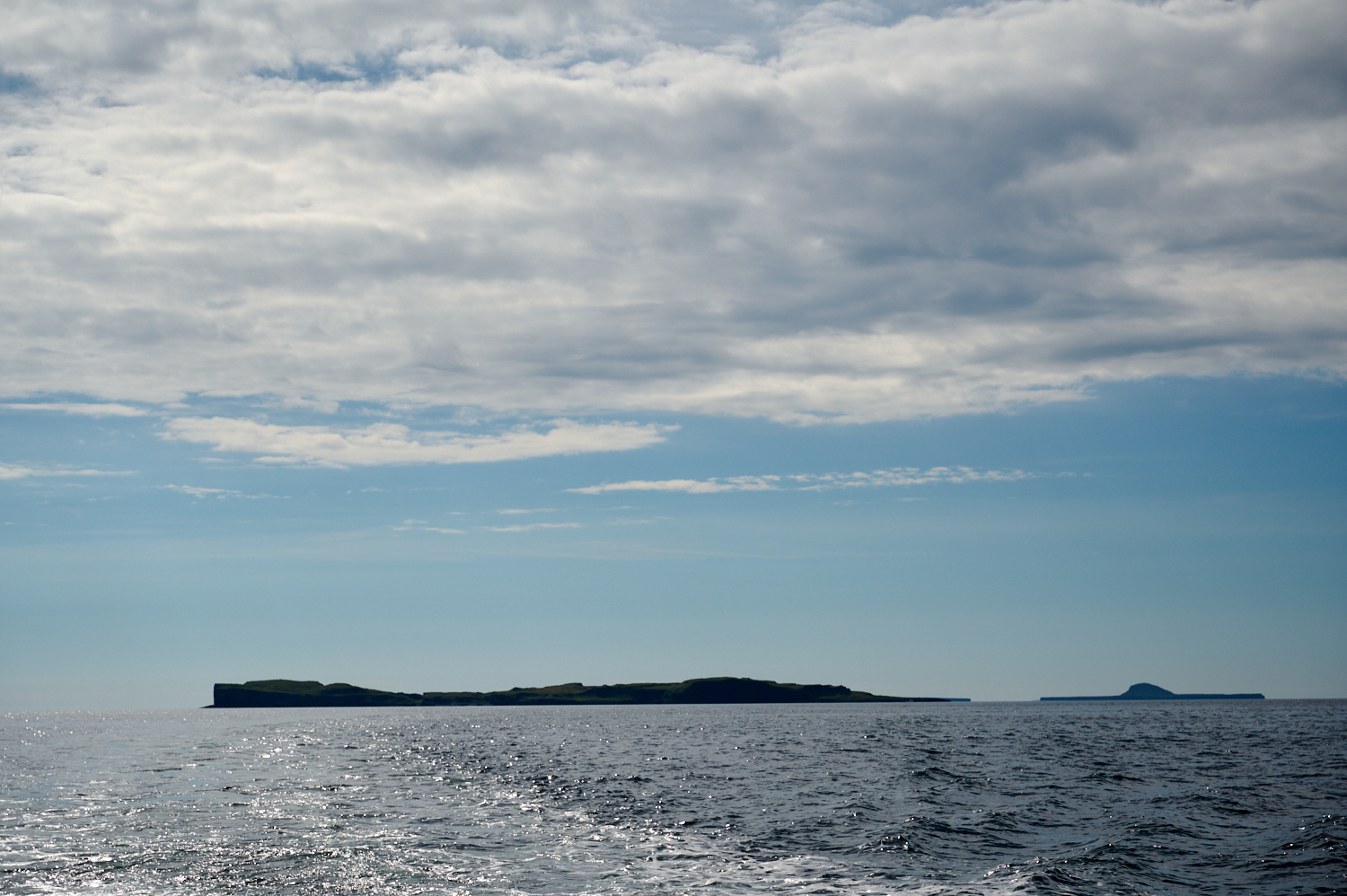
Bye Staffa

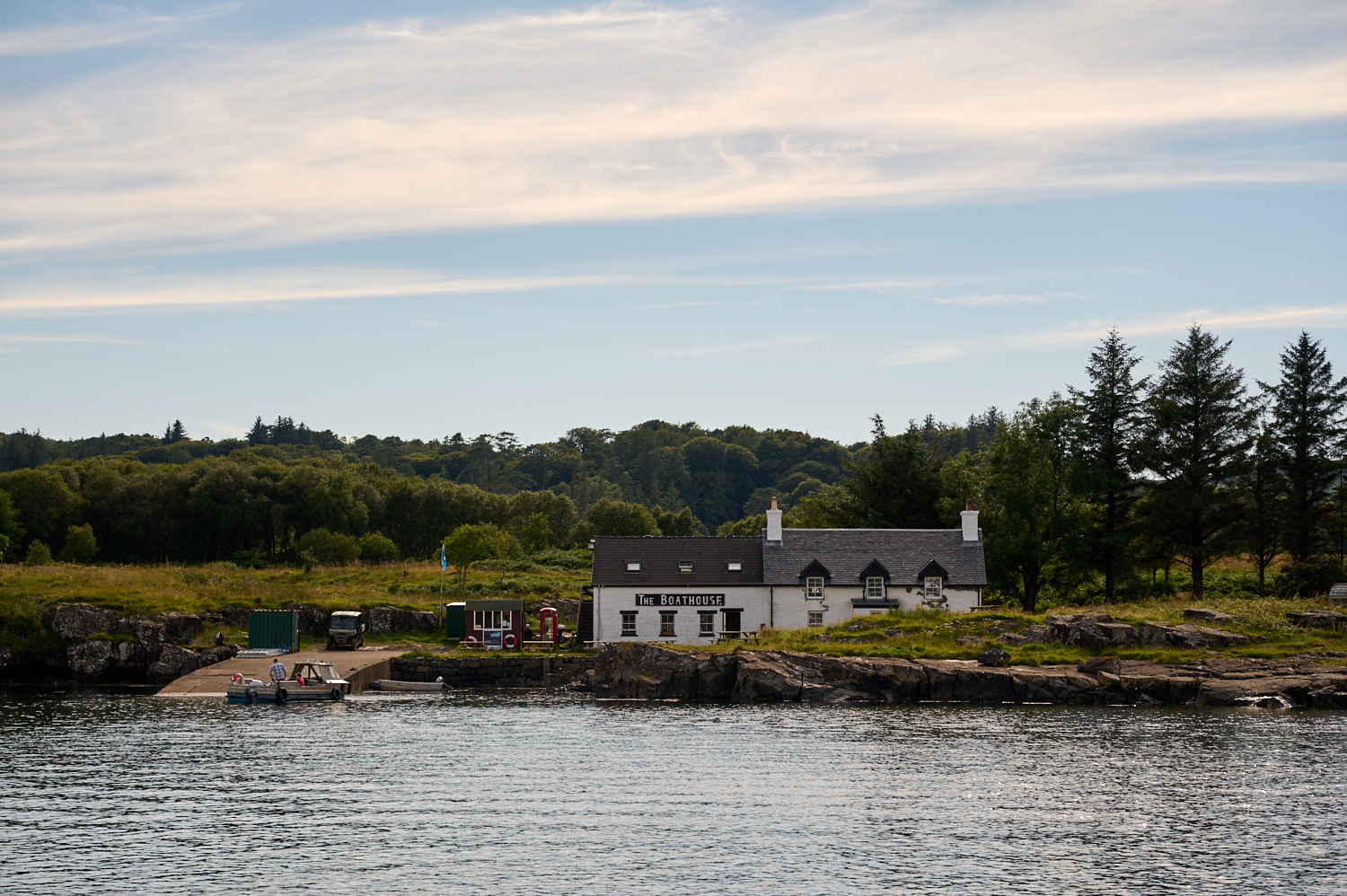
The Boathouse in the Isle of Ulva and we were returning to Mull.
